
"This winter, especially the last December of 2022, should be the most difficult moment in my 34-year medical career." At 9: 00 am on January 5, the reporter saw in the emergency department of the General Hospital of Tianjin Medical University that the waiting hall was full of patients under observation, and medical staff in blue protective clothing shuttled between beds. The number of patients keeps growing, and medical staff keep falling ill. Chai Yanfen, director of the emergency department of the General Hospital of Tianjin Medical University, said, "In the past month, my heart has been holding on, which is too difficult."
Last winter, whether it was the flu or other situations, medical staff would be reduced, but never before did a large number of medical staff fall ill in such a short time. Chai Yanfen clearly remembers that since December 10 last year, doctors began to get sick one after another, and the last person got sick on December 23, when all 55 doctors in the emergency department were infected. "Our average return time is 2.5 days, and everyone volunteered to return to work. A few people feel that their symptoms are not particularly serious, and they have basically never rested. " Chai Yanfen was very distressed when she mentioned these powerful "comrades-in-arms".
"Please note that some patients have been taken to the hospital." At 10: 36, a machine broadcast was heard from the side of the clinic surrounded by patients and their families. At 10: 47, a 120 stopped in front of the emergency department. "The patient’s blood oxygen is 100%, his heart rate is 65, his blood pressure is 165/90, and he is dizzy and vomiting … …” Li Shan, a staff member of the nursing patrol class, is responsible for handing over the patients sent by 120 at the entrance of the emergency department today. This is the 13th patient sent by 120 after she started work at 7 o’clock. Like many medical staff, she has not recovered, and her voice is hoarse.
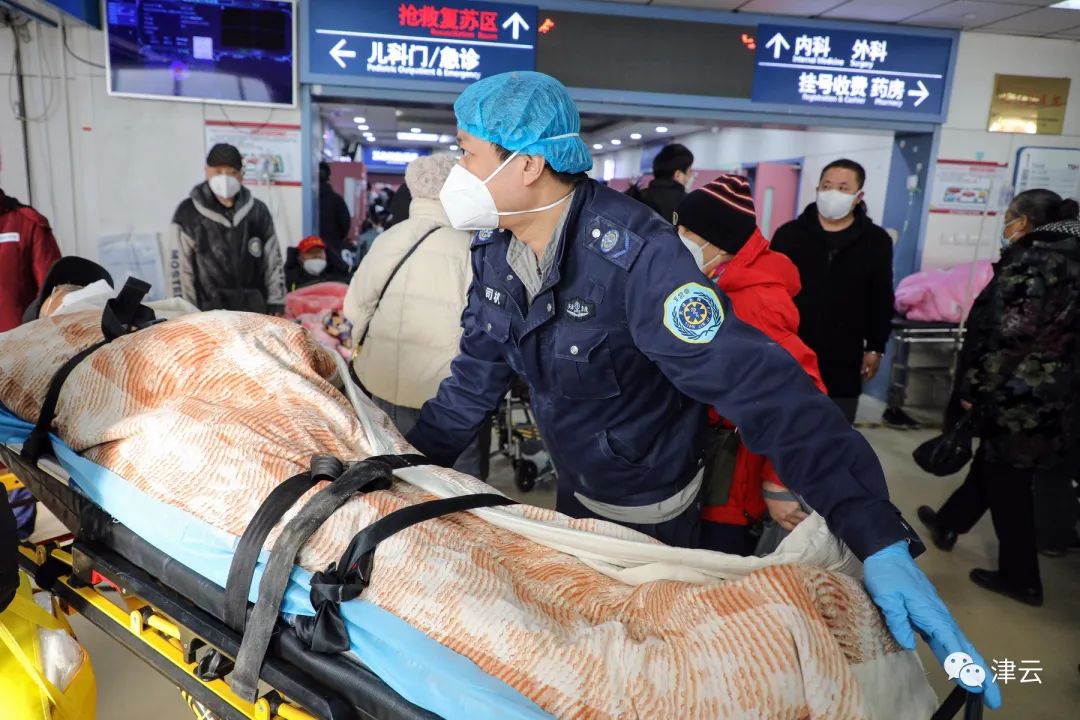
"We divide patients into four levels according to their condition." Chai Yanfen said, "According to our statistics, the proportion of first-and second-class endangered and critically ill patients is usually 20%-mdash; 30%, but at the peak of this round, the lowest accounted for 44.8%, and the highest accounted for more than 60%. "
"From December 17, the number of critically ill patients and elderly patients began to come up. After the 20 th, the emergency department always maintained a high level of operation, and the number of consultations per day was more than 1,000." Chai Yanfen told reporters, "The peak of 120 ambulances received 132 vehicles a day, and it is not unusual to come to five or six ambulances at the same time in one minute."
"There are patients to rescue … …” After saying his word, a doctor pulled away the crowd, picked up the first-aid box on the examination table and hurried into the crowd … … When people are crowded, the ambulance can’t be pushed. In order to rescue patients in emergency situations in non-rescue areas at any time, the emergency department has put several rescue boxes in the most crowded places. Sometimes doctors have to do rescue operations with their bare hands. In an emergency, they pull a space and lie on the ground to intubate for rescue, which has become a routine action in an emergency.
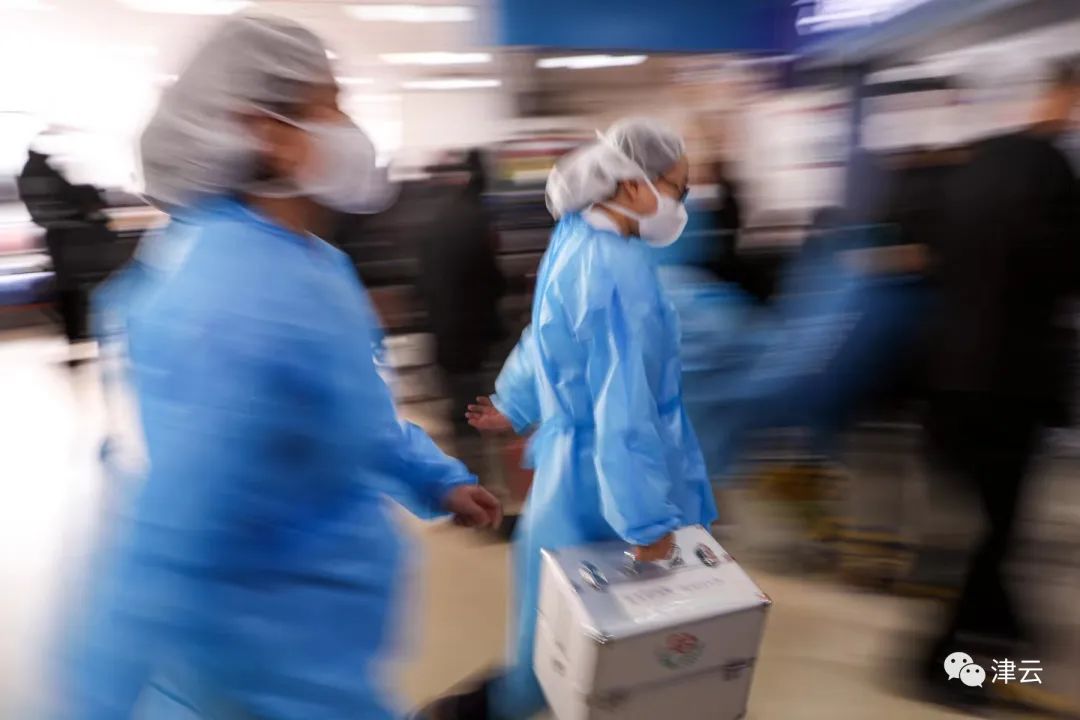
On that day, there were more than 60 patients in the emergency waiting hall, most of whom were inhaling oxygen and losing fluids. "Nurse, the fluid is gone." "Right away." Li yaning is a member of the patrol class. She carries a cotton swab and a finger-clip oximeter with her to patrol the patients in the hall as a whole, find the patient’s condition changes at the first time and communicate with the doctor in time.
Patrol once every two hours. If the patient’s condition is unstable, patrol once every hour. "The oxygen and other monitoring conditions on the equipment are still relatively scarce. If the patient’s blood oxygen is low, I will fill the oxygen bag and increase the monitoring frequency." Visiting, changing fluids, measuring blood oxygen and answering inquiries, Li yaning never stopped from 7: 30 in the morning to near noon.
Through the emergency passage filled with beds on both sides, the rescue room is still crowded with people, and the beds are next to the beds. The emergency room, which normally arranges 13 beds, has been filled with beds, and even the corridor has been temporarily powered on and put on the monitor. "There is still a place to stand today, and there are fewer people." Chai Yanfen said that there are now 63 beds for patients who meet the requirements of the emergency room. The liquid preparation room starts in the morning, and six people can’t stop preparing liquid at the same time.
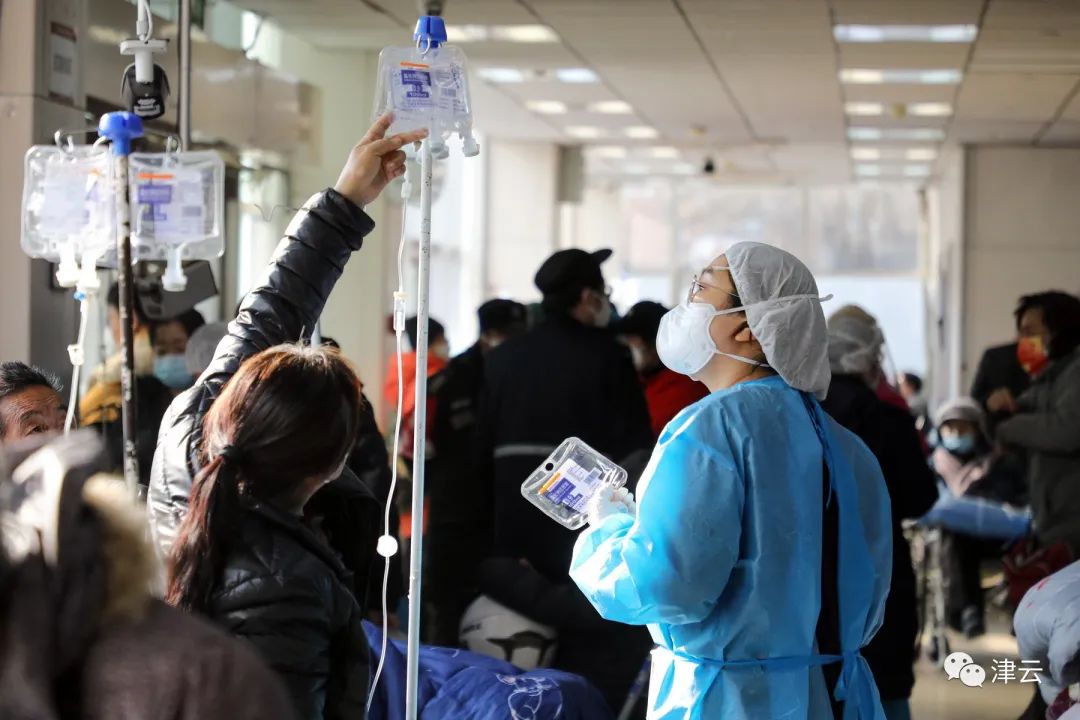
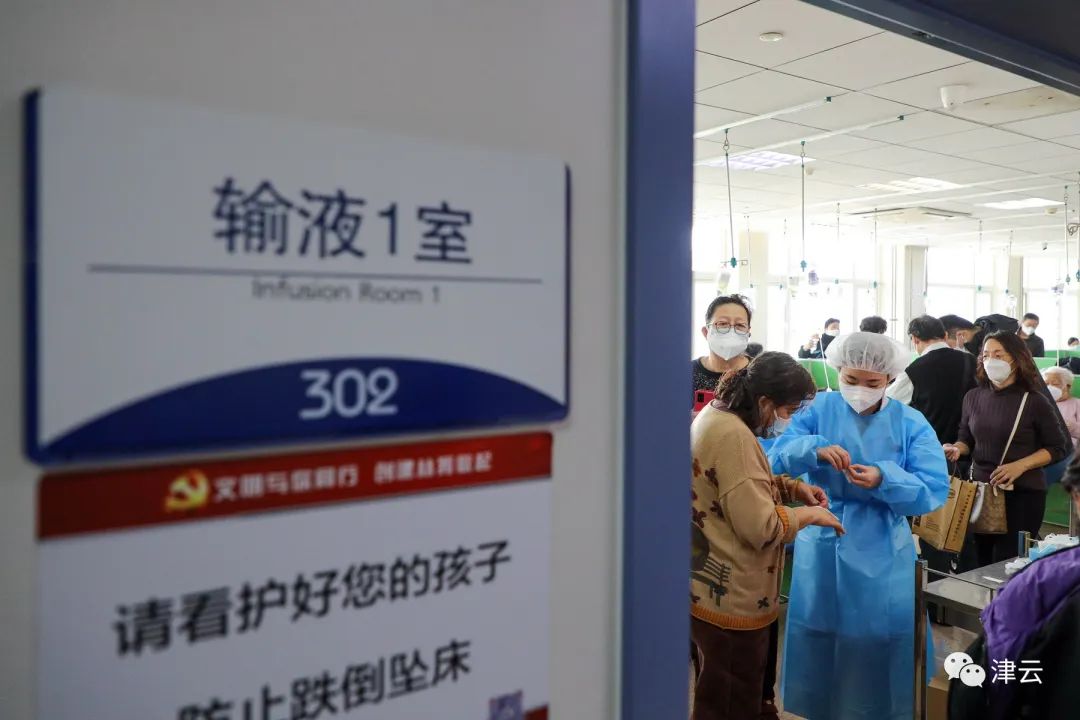
Although it is near noon, the doctor at the entrance of the rescue room is always surrounded by the patient’s family. "We made another film yesterday. Have a look." The 84-year-old uncle Zhang was admitted to the hospital on the evening of the 29th, and his family members were anxiously asking about his illness. "It’s good to watch a movie, it’s under control, then infusion, and then it will slowly recover. Encourage him to eat more and strengthen nutrition. " Wang Yongtao, a doctor in the emergency room, had no time to look up, staring at the film on the screen and writing today’s doctor’s orders. From 8: 00 in the morning, I sat in my seat. After half a day, in addition to rescuing two critically ill patients sent by 120, Wang Yongtao has been busy giving patients a follow-up visit and prescribing medicine.
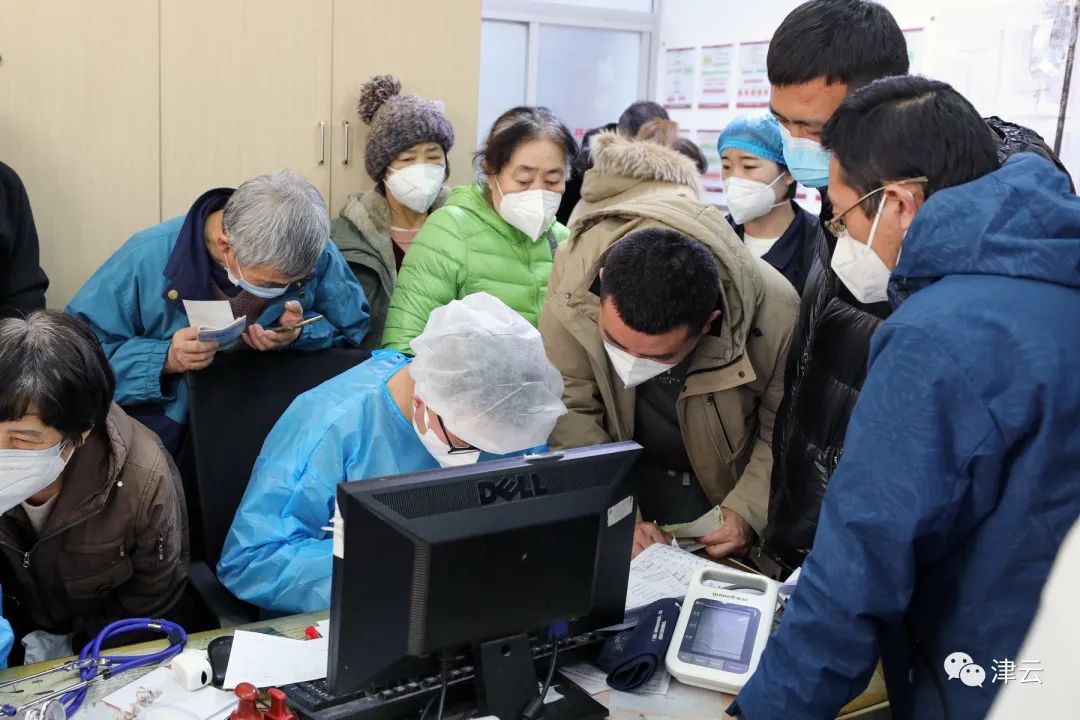
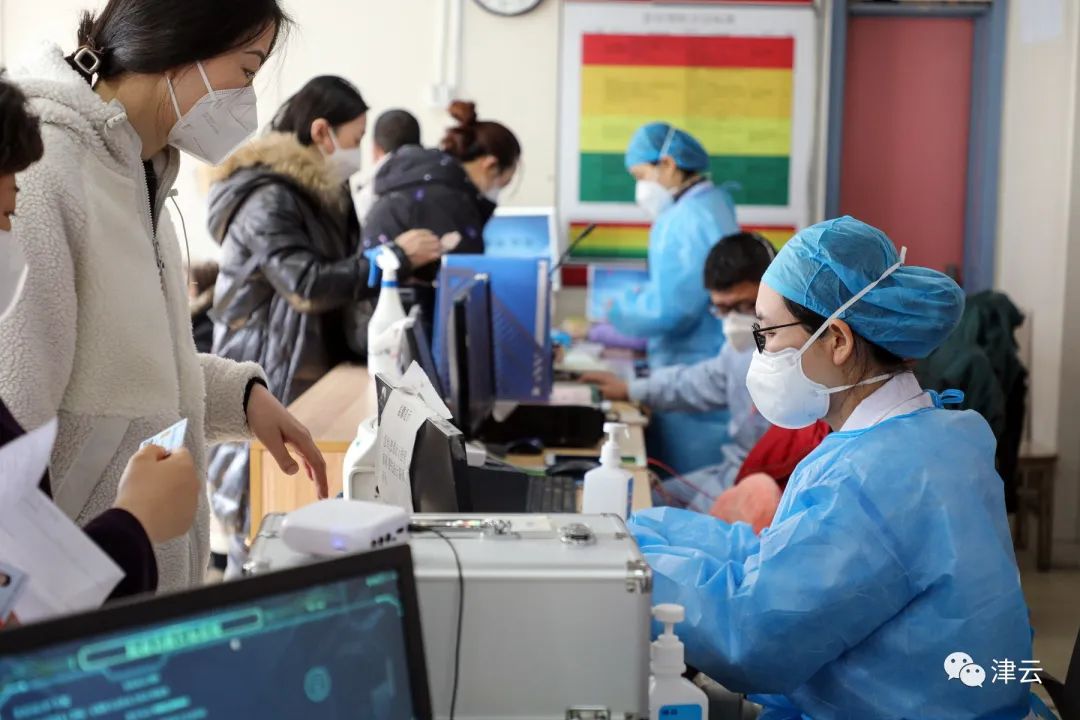
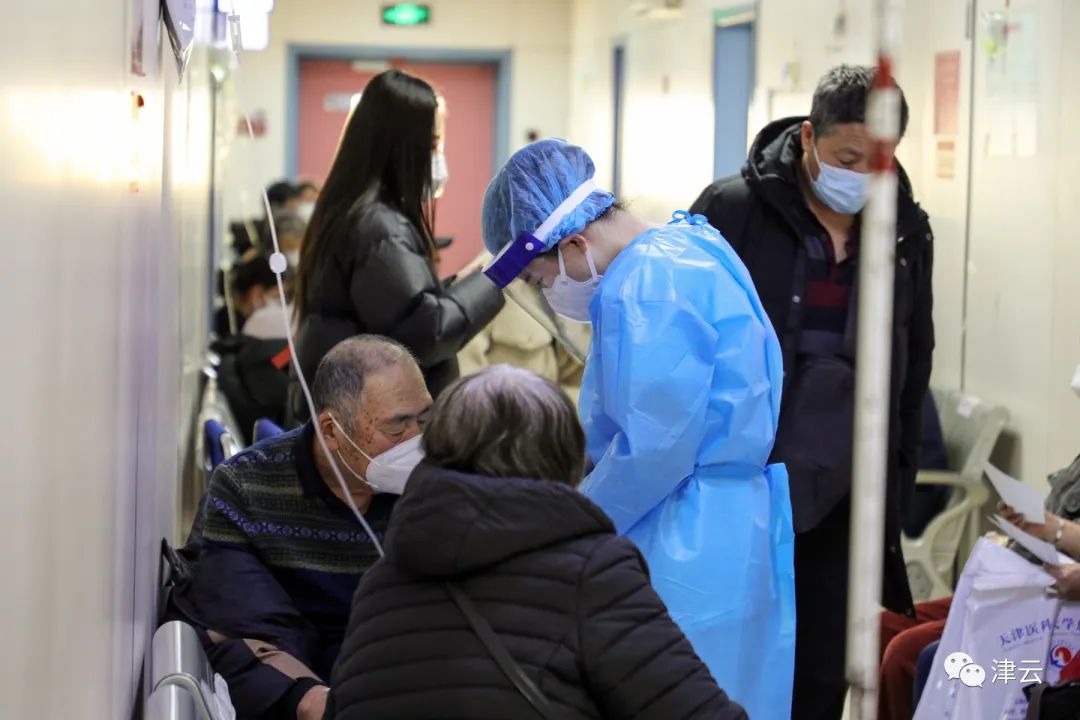
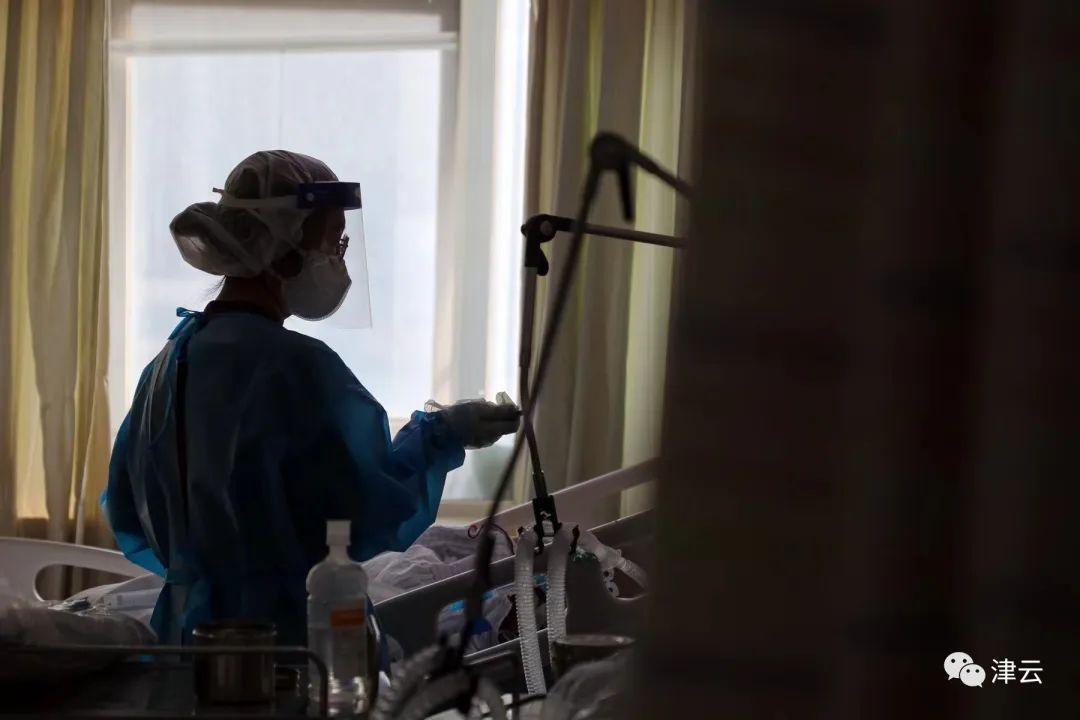
"If 120 needs to send patients to other consultation areas to see the manpower situation, can we help them send them there?" In the emergency hall, Chai Yanfen always finds various places that can improve the process and speed up the patient’s visit. Zhang Yingying, the chief resident of the emergency department, is preparing to adjust the manpower according to Chai Yanfen’s arrangement. "She started to work for 24 hours at 8 o’clock yesterday morning, and even for another 8 hours." Chai Yanfen said, pointing to Zhang Yingying and reporters.
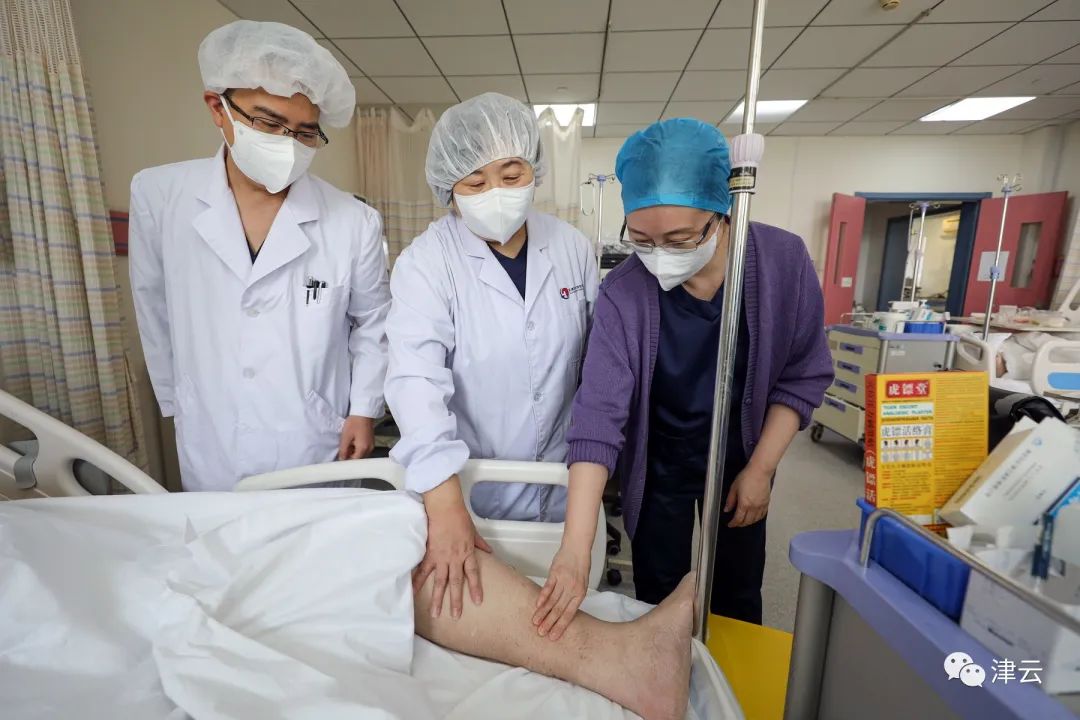
"Where there is a situation, deal with it, first-floor rescue, third-floor infusion, medical treatment, emergency treatment, shift deployment, hospitalization, observation, and regional coordination … …” Although Zhang Yingying looks young, he is adept at dealing with all kinds of urgent problems. "There are too many patients now, and one person can’t handle so many things, so we have to ensure that there are two chief residents on duty during the day. In fact, it may not be possible to leave at 5 pm." Zhang Yingying said that emergency patients can be admitted to hospital as much as possible, and there are more than 200 patients under observation in the whole emergency department. There was no place to stay in the hall two days ago. Now you can see the ground. The peak period has passed. I believe it will get better and better in the future.
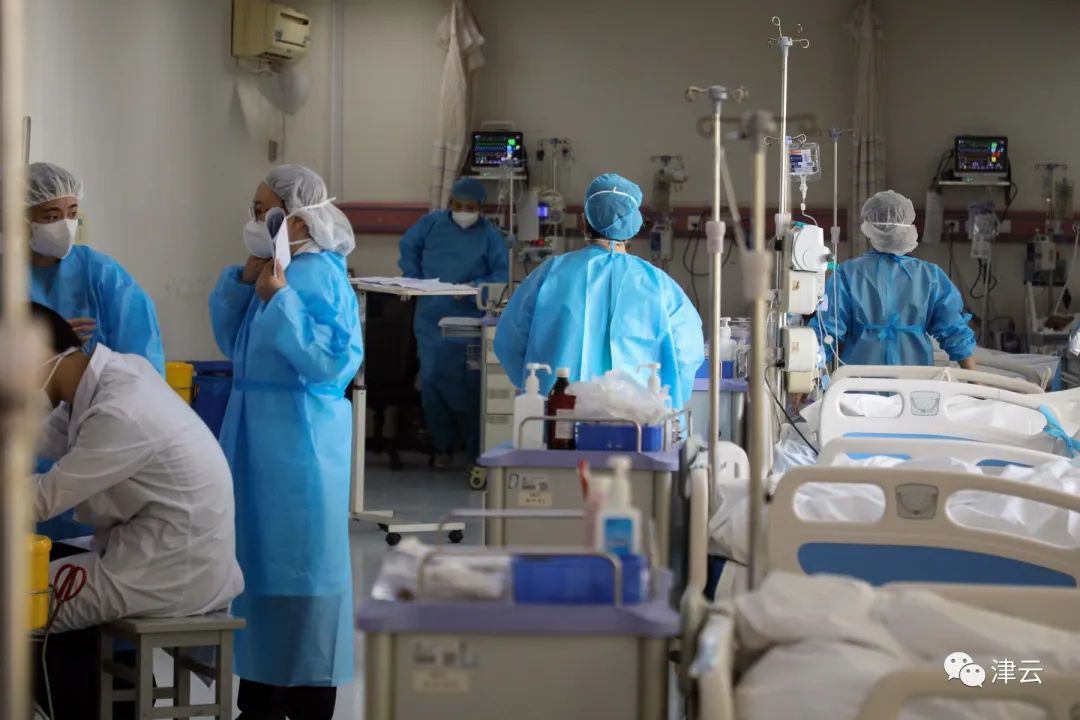
In the emergency department, the most critical patients are arranged to live in EICU. "At ordinary times, 12 beds have now been added to 16, and 15 people have lived. Always leave a bed for those who need first aid temporarily." Chai Yanfen said, "Basically, they are elderly people with basic diseases and COVID-19 infection. Eight ventilators, six high-flow machines and two hemofiltration machines are all in use. The doctor arrived at the post at 7: 30, made rounds, and made bronchoscopy for patients who were intubated on the computer. There are more and more critically ill patients, which is a new test for personnel deployment and doctors’ physical fitness. "
"Put this away." The head nurse of the emergency department, Yao Ying, has "work" in her eyes. "The utilization rate of beds in the emergency department has exceeded 110%, and all medical workers are overloaded. The focus of our nursing work is to maintain order. Some time ago, the number of critically ill patients increased, showing a peak state. Therefore, we coordinated manpower to maintain the order of seeing a doctor in the lobby on the first floor, so that the patrol staff can find critically ill patients in time and judge their condition. If there is a problem, the nurse will go forward at the first time and call the doctor at the same time to find early treatment for critically ill patients. "
After the peak of consultation, the situation of emergency medical staff attrition is slowly improving, and with the support of various departments of the hospital, the most difficult time has passed. In the face of today’s severe peak, emergency pioneers are still sticking to it and guarding it.
Reporter’s note:
Three years after the epidemic, medical staff played a great role. Today, they are still Depth Charge on the anti-epidemic front, and medical staff have been fighting for three years.
In the emergency room, doctors are surrounded by patients. After one shift, they can’t eat, drink or even go to the toilet once. On average, one person receives more than 60 patients with "quality". To treat critically ill patients, they are scrambling for time with death and walking in a hurry. The ever-increasing number of patients, in the face of unprecedented work intensity, they are hard to carry; The medical staff fell down one after another, and faced with the unprecedented shortage of manpower, they helped each other … … They have been working hard to treat patients with everything they should receive.
Hoarse voice, unresolved cough, and exhaustion … … None of the medical staff complained about it, but silently endured it. Because of this sense of responsibility and mission, they always stick to the front line of saving lives.
In order to cope with the surge of patients, the whole hospital insists on "one chess game, one bed". The medical department of the general hospital manages the beds in the whole hospital in a unified way, and goes all out to treat Covid-19 patients. Surgery supports internal medicine, and the operation department system compresses specialized patients, neurosurgery, general surgery, orthopedics, urology, obstetrics and gynecology, otolaryngology, stomatology … … All beds were vacated for patients with internal medicine diseases, and nearly 1,000 beds for patients with COVID-19 were added. At the same time, the hospital divides the surgical system into four "war zones", and each war zone is patrolled by a well-known director with the professional ability of internal medicine system, respiration and critical illness as a member of the expert group to ensure the homogenization of patient treatment.
Treat every patient seriously and let them get rid of their illness and recover as soon as possible; Always pay attention to every key patient and get back one life from the dying line. Although exhausted, these doctors still try their best and never give up. They are worthy of the life entrusted by the people.
Jinyun Journalist Zhao Yingyan Photography Wu Tao
关于作者